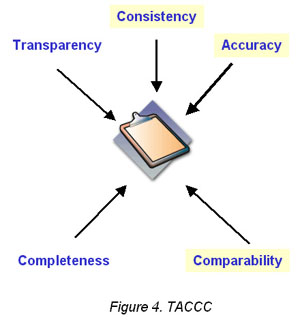| 15 of 15 |
The detailed Sectoral Background Data Tables in the CRF can be useful for identifying potential sources of inconsistency by providing the activity data used by a Party in a standardized level of disaggregation. Although these data may be available in a Party’s National Inventory Report (NIR), it is likely to be more efficient to locate them first in the CRF (or using the Locator tool, discussed later). For example, potential inconsistencies in a Party’s estimates are often identified in the Synthesis and Assessment (S&A) report (Part I and II). However, the S&A usually does not provide any further detail as to what might be the cause of the inconsistency. By looking at the Party’s detailed CRF tables for the activity data and other parameters used in its calculation, though, you can begin to determine the potential source of the inconsistency. Once it is identified, you can investigate further in the Party’s NIR to see if a reasonable explanation is provided. Although the CRF does not directly provide information on the accuracy of a Party’s inventory, it does provide some information to help you begin to make judgments. The implied emission factors (IEFs) in many of the Sectoral Background Data Tables can help you identify potential problems, although these may already have been called out in the Synthesis and Assessment report. Lastly, the information in the CRF can be compared to the information reported by the Party in its NIR. Conflicts between the information reported in a Party’s CRF and NIR are a signal for further investigation. |
 |
||||||||||